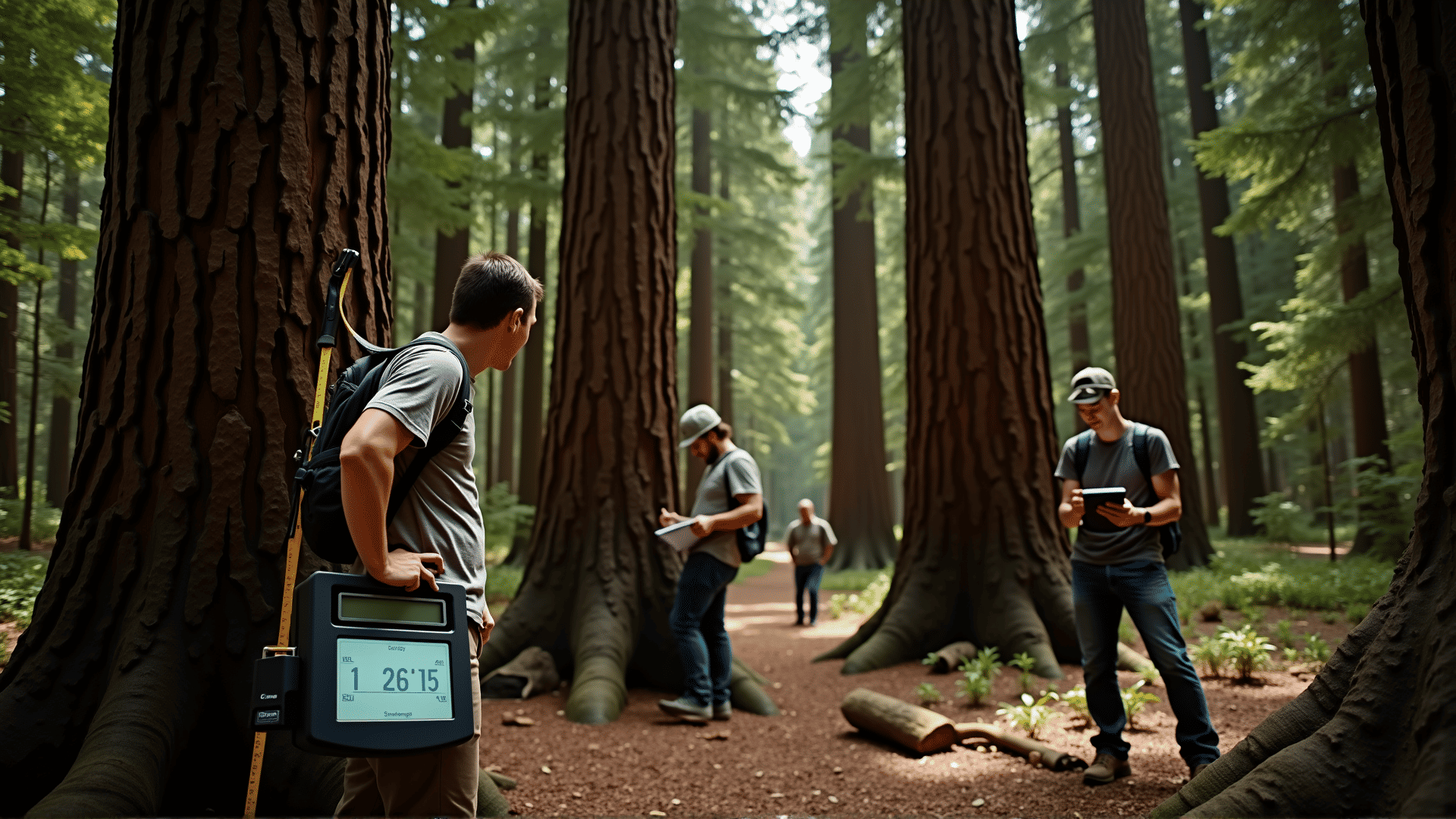When it comes to understanding and preserving our natural environment, measuring tree size is crucial. Scientists, arborists, and even hobbyists often find themselves needing precise measurements of trees for various reasons, such as monitoring their health, estimating carbon storage, or conducting ecological research. Here's a look at some of the innovative tools and methods used to accurately measure tree dimensions and compare sizes globally.
Diameter Measurement
At the heart of tree measurement is the diameter, typically taken at breast height (DBH), about 1.3 meters (4.5 feet) from the ground. The most straightforward tool for this measurement is a DBH tape, which is specifically marked in diameter units to provide a direct reading without the need for conversion.
Another popular tool is the caliper, which provides a direct mechanical reading of diameter with the help of two arms that are placed at opposite sides of the tree trunk. Calipers are particularly useful in dense or cluttered forests where tape measurements can be cumbersome.
Height Measurement
Measuring the height of a tree can be more challenging due to the difficulties in accessing the top. The traditional tool for this task is the clinometer, which measures angles of elevation and depression. By applying trigonometry, you can calculate the height of the tree from a known distance.
More modern techniques involve the use of laser rangefinders combined with clinometers. These devices offer enhanced accuracy by using lasers to measure the direct distance to the tree top and the base. LIDAR (Light Detection and Ranging) technology, often used in conjunction with drones, offers even greater precision and is particularly beneficial for measuring heights in dense forest canopies.
Canopy Spread Measurement
Assessing the extent of a tree's canopy is another crucial aspect of tree measurement. One simple method involves using a tape measure to determine the widest horizontal spread from one edge of the canopy to the other. For more accuracy and efficiency, especially with larger trees or groups of trees, aerial imagery or LIDAR data can provide detailed canopy models.
Volume and Biomass Estimation
For those interested in understanding the biomass or volume of a tree, several mathematical models and tools can assist. Increment borers, which extract a thin cylinder of wood, provide samples that help estimate age, growth rates, and subsequently, volume. Advanced software and algorithms, using data from LIDAR and satellite imagery, now offer estimations of tree volume and biomass with exceptional accuracy, facilitating large-scale ecological studies.
Global Comparisons
To compare tree sizes globally, standardized methods and units of measurement are essential. Platforms like the Global Forest Watch use remote sensing and ground-based data to provide insights into tree cover changes, facilitating international comparisons of tree sizes and forest densities.
Conclusion
The tools and methods available for measuring tree size range from simple hand-held devices to sophisticated technologies involving lasers and aerial imagery. As technology progresses, so do the capabilities for accurate and efficient tree measurement, which is critical for environmental research, conservation efforts, and understanding our planet's ecosystems. Whether you're a professional or an enthusiast, the right tool can provide valuable insights into the majestic giants of our natural world.
